How to exercise so you really do bring down your blood pressure
New research shows we need an exercise plan to suit our blood pressure range. Here’s how to personalise a workout.
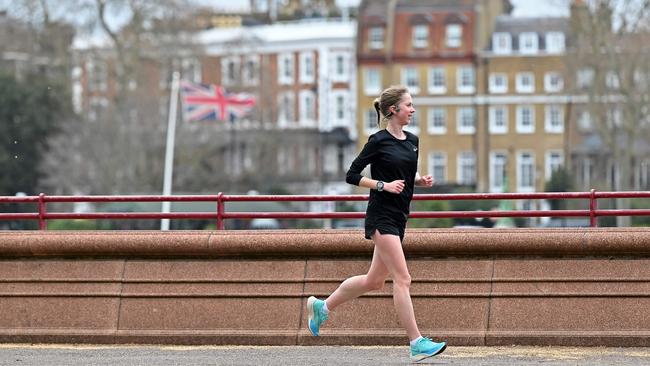
How high is your blood pressure? It’s a question we should probably be asking ourselves more often in this age of hypertension and blood pressure-related heart disease. So if you are at risk, what should you do?
Exercise works by lowering systolic blood pressure — the pressure in arteries when the heart beats, expressed as the top number in a blood pressure reading. Yet in a paper published last week members of the European Association of Preventive Cardiology suggested that the specific type of activity we do has a greater bearing on our blood pressure than previously thought. In their review of 34 studies, published in the European Journal of Cardiology, the expert panel concluded that while physical activity can be as effective at lowering blood pressure as prescribed medications, present guidelines fall short of maximising the benefits because they aren’t tailored to individual requirements.
What’s needed, says Paul Leeson, professor of cardiovascular medicine at the University of Oxford and the lead author of the paper, is a less generalised approach to working out and for GPs to be able to personalise workout plans according to the highs and lows of their patients’ blood pressure readings.
“There is no one-size-fits-all recommendation when it comes to exercise for lowering blood pressure,” Leeson says. “What we now know is that the type of exercise should be more carefully considered and that the outcome of a particular activity program varies according to the level of someone’s blood pressure, their age and other factors.”
Recommendations for people at risk of hypertension focus on getting at least 30 minutes of moderate-intensity aerobic exercise — walking, jogging, cycling or swimming — five to seven days a week for at least 150 minutes a week. Yet the latest findings suggest that although that approach will work for people with existing high blood pressure, it is less effective for those who are at risk of hypertension and whose levels are mildly raised.
“I run a hypertension clinic in Oxford and see young patients who have followed exercise prescriptions to the letter only to discover their blood pressure is unchanged when they return several months later to have it re-checked,” Leeson says. “The advice given is too generic to be helpful.”
So what will work? Leeson says that “considerable research gaps remain” and that research over the next few years will help to pin down more detail about who should do precisely what. It matters, he says, because one quarter of all heart attacks are attributed directly to hypertension.
“Any kind of activity is beneficial,” Leeson says. “If you do nothing else, then walk every day.”
Yet there is already enough information to steer us towards tailored workouts that will help to combat what the EAPC terms the “major socio-economic and healthcare challenge” of hypertension. Here’s what you should be doing.

Jogging, running, walking, cycling and swimming
Best for: People with high blood pressure and at risk of hypertension.
How often: Daily, for at least 30 minutes.
In general we should all do more of this every day for the benefit of our circulation and heart health, but when it comes to blood pressure specifically, this type of exercise is most effective in people with already raised levels. As with most forms of exercise, the blood pressure-lowering effects last about 24 hours, so you need to keep it up.
“The challenge with exercise is that the beneficial effects are switched on and off,” Leeson says. “While you are running or cycling your blood pressure reduces, but it doesn’t stay down indefinitely and you need to be consistent with the activity.”
If you do keep it up, the effects can be dramatic. A study published last year in the Journal of the American College of Cardiology by a team from the institute of cardiovascular science at University College London and Barts Heart Trust in London revealed how, for first-time marathon runners, training for and completing the London Marathon in 2016 and 2017 was associated with reductions in blood pressure and a four-year reduction in vascular age.
“Regular running and walking can make a big difference to the blood pressure of many people,” Leeson says.

High-intensity interval training
Best for: People with normal blood pressure.
How often: 2-3 times a week.
There’s insufficient evidence to prove that high-intensity interval training should be recommended for patients with hypertension. “It probably will have some benefits for blood pressure, but there are not enough studies to prove that yet,” Leeson says. “And we don’t know how often or how much of it would be helpful.”
If your blood pressure is normal, the EAPC recommendations are to perform HIIT in conjunction with lower-intensity workouts such as swimming, cycling, yoga and walking and to make sure you allow recovery between HIIT sessions.

Planks and strength holds
Best for: Normal blood pressure or possible hypertension.
How often: 2-3 times a week.
Isometric exercise is defined as a static hold in which muscles are contracted against an immoveable object — exercises such as wall sits, plank holds and glute bridges to you and me.
Previously, these haven’t featured in recommendations for hypertension, but they appeared for the first time in the 2020 European Society of Cardiology guidelines on sports cardiology and exercise in patients with cardiovascular disease.
“This kind of exercise clearly has an effect on adults with hypertension,” Leeson says. “There’s some evidence that, for people with normal blood pressure, isometric training can lead to greater reductions when compared to other forms of strength training or even aerobic activity.”
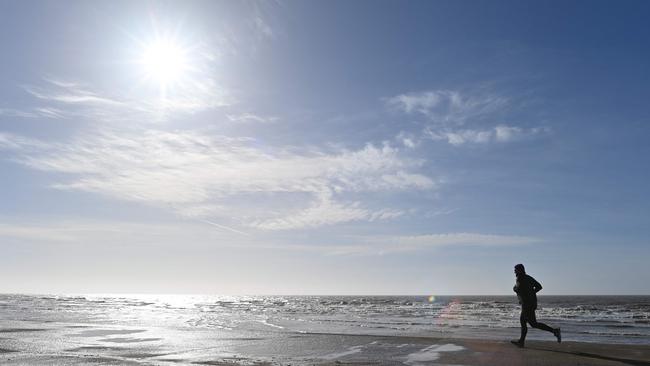
Cross training
Best for: Older people with high blood pressure.
How often: 3-5 times a week.
A combination of aerobic exercise and strength training is often cited as the most beneficial for weight loss, with cross training also helpful for people with existing high blood pressure, the EAPC found. Yet not everyone experiences the same outcome. In patients with mildly raised blood pressure, the evidence for cross training being beneficial is less convincing.
“For younger patients who are in the early stages of raised blood pressure, it seems that this sort of combined exercise doesn’t seem to help much with their hypertension,” Leeson says. “At present we least understand this group of younger people as much of the existing research has been carried out on older, overweight people, so more trials are needed.” In patients over the age of 50 with existing high blood pressure, cross training may be helpful, the EAPC found.
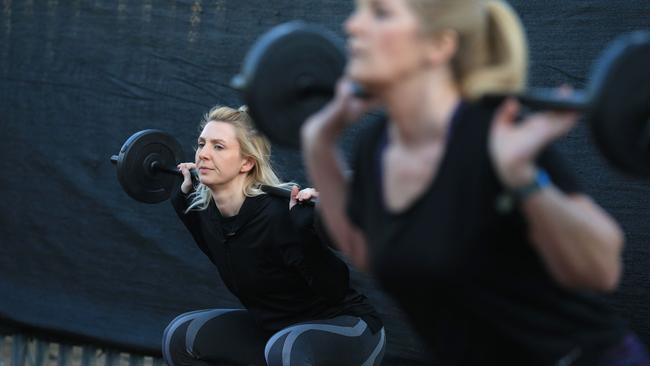
Weights and press-ups
Best for: People with normal to high blood pressure.
How often: 2-3 times a week.
Strength training involving movement — weights, press-ups, lunges and squats — all fall under the umbrella term of dynamic resistance training. For decades people with hypertension were advised against this type of exercise, lifting heavy weights, but that’s no longer the case.
“Weight training can cause blood pressure to go up while you are doing the exercise, with a sharper rise the heavier the weights you lift,” Leeson says. “But when you finish a workout, levels drop back down and in the long term dynamic resistance training is shown to outweigh the risks of this temporary spike, particularly for people with normal or normal-to-high blood pressure.” There’s also evidence that improved muscle strength through this kind of training means there is less demand on the heart in everyday life.
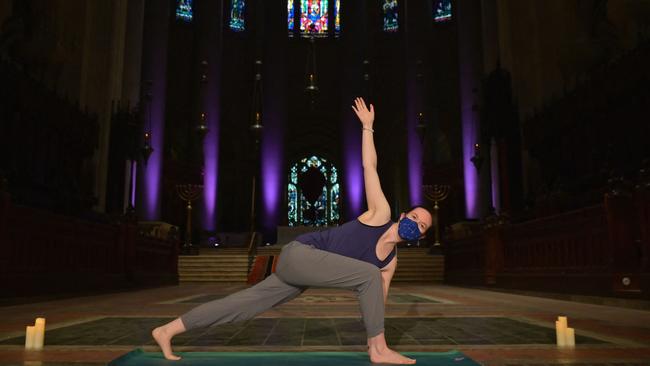
Stretching and yoga
Best for: Everyone.
How often: 30 minutes, 5 days a week.
Studies have shown that stretching reduces stiffness in blood vessels so that there’s less resistance to blood flow. Since it is resistance to blood flow that increases blood pressure, it follows that regular flexibility exercises can help to reduce hypertension.
For a study published last year, a team from the University of Saskatchewan in Canada recruited 40 participants with elevated blood pressure, or stage 1 hypertension, and prescribed a whole-body stretching routine for 30 minutes a day, five days a week, a brisk daily walk for the same amount of time and frequency, or no change to their exercise regimen. Of the three approaches, it was the stretching that resulted in the biggest reductions in blood pressure after eight weeks.
Phil Chilibeck, a kinesiology researcher and the lead author of the study in the Journal of Physical Activity and Health, says that stretches should focus predominantly on the large muscles in the legs, such as the quadriceps and hamstrings, and that yoga would produce similar reductions in blood pressure.
The Times


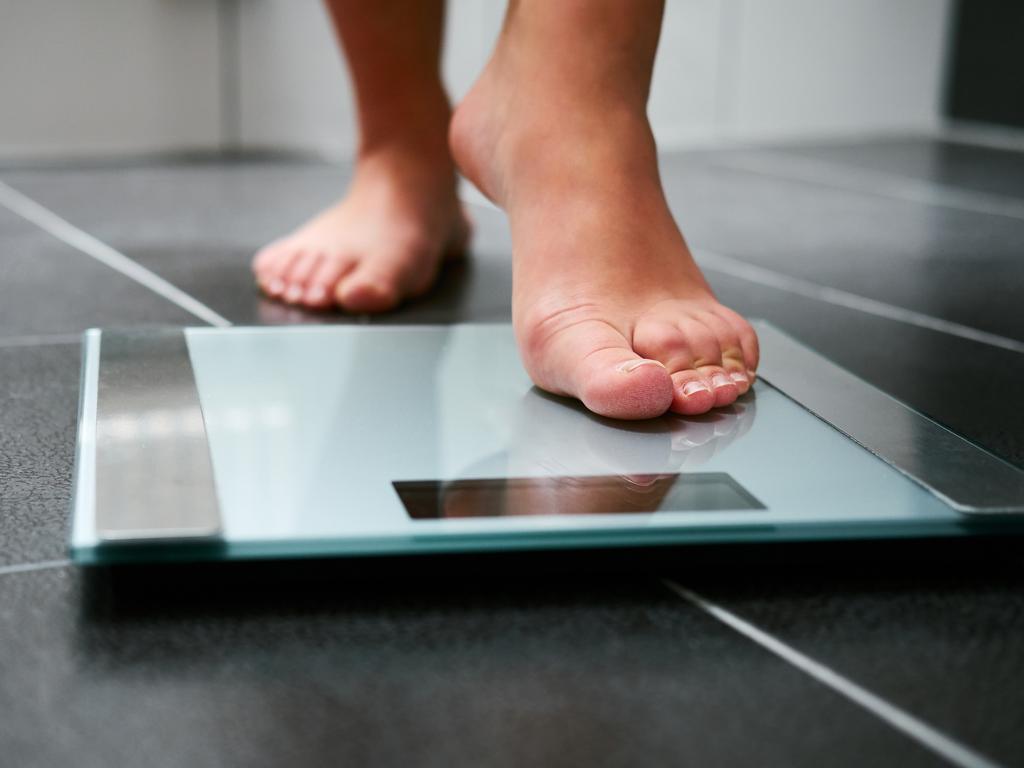

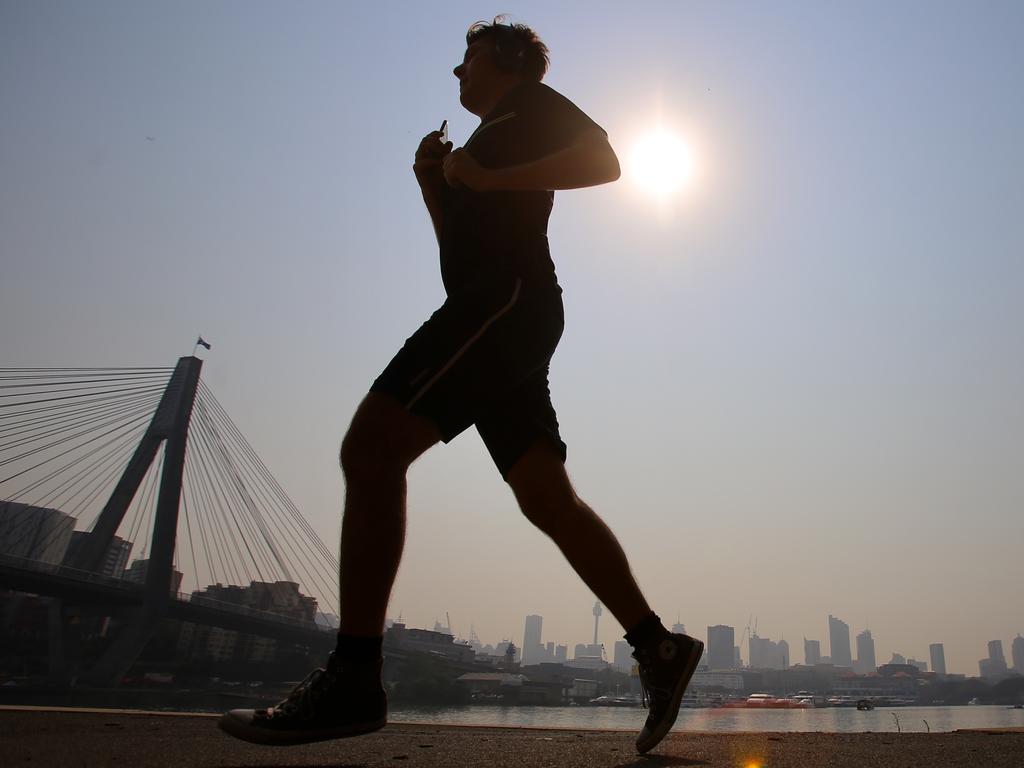


To join the conversation, please log in. Don't have an account? Register
Join the conversation, you are commenting as Logout